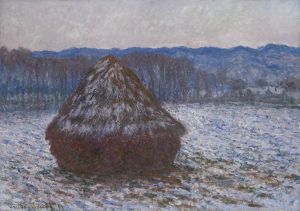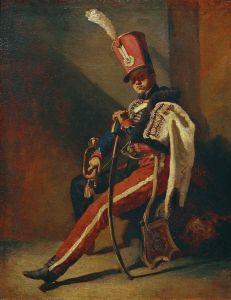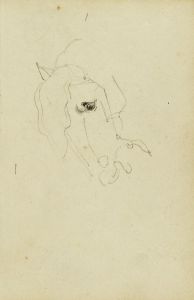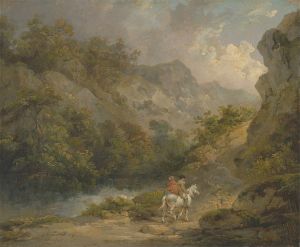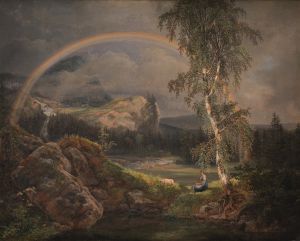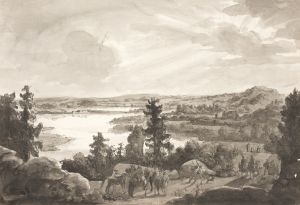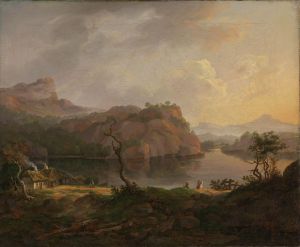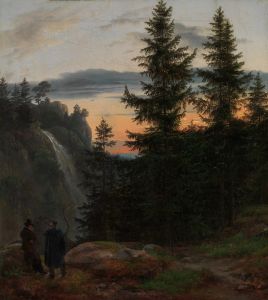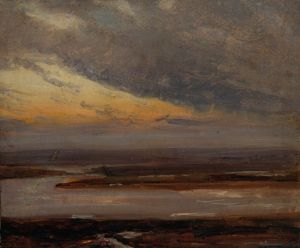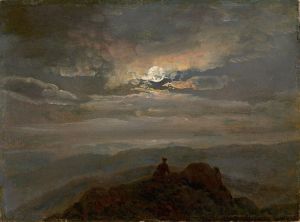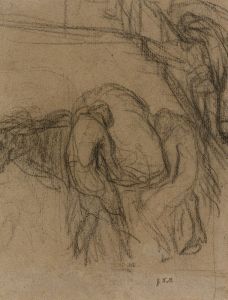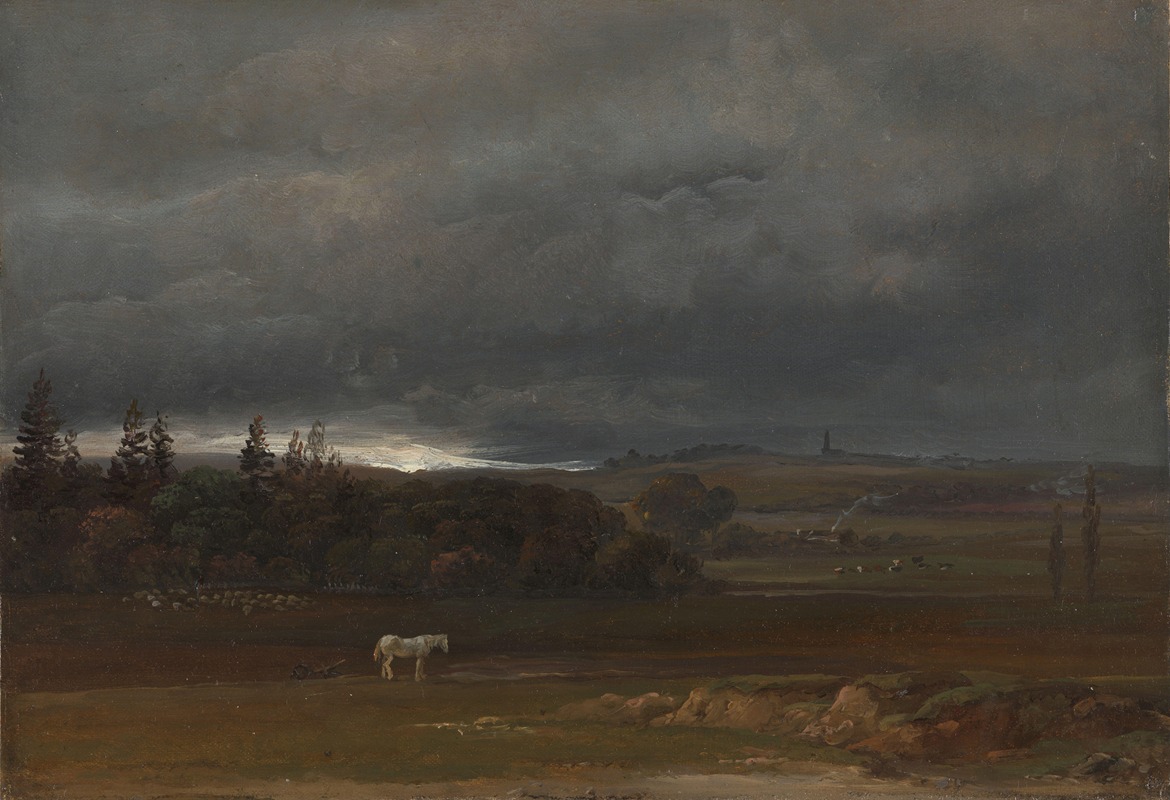
Fields near Dresden with a white Horse
A hand-painted replica of Johan Christian Dahl’s masterpiece Fields near Dresden with a white Horse, meticulously crafted by professional artists to capture the true essence of the original. Each piece is created with museum-quality canvas and rare mineral pigments, carefully painted by experienced artists with delicate brushstrokes and rich, layered colors to perfectly recreate the texture of the original artwork. Unlike machine-printed reproductions, this hand-painted version brings the painting to life, infused with the artist’s emotions and skill in every stroke. Whether for personal collection or home decoration, it instantly elevates the artistic atmosphere of any space.
"Fields near Dresden with a White Horse" is a painting by the Norwegian artist Johan Christian Dahl, completed in 1823. Dahl, often referred to as the father of Norwegian landscape painting, was a prominent figure in the Romantic movement. His works are characterized by their detailed and realistic portrayal of nature, often infused with a sense of grandeur and emotional depth.
Johan Christian Dahl was born on February 24, 1788, in Bergen, Norway. He initially trained as a decorative painter before moving to Copenhagen in 1811 to study at the Royal Danish Academy of Fine Arts. In 1818, Dahl moved to Dresden, Germany, where he became closely associated with the German Romantic painter Caspar David Friedrich. The influence of Friedrich and the Romantic movement is evident in Dahl's works, which often depict dramatic landscapes and natural scenes imbued with a sense of the sublime.
"Fields near Dresden with a White Horse" exemplifies Dahl's skill in capturing the essence of the natural world. The painting depicts a serene rural scene near Dresden, with a white horse standing prominently in the foreground. The composition is balanced, with the horse drawing the viewer's eye while the expansive fields and sky create a sense of openness and tranquility. The detailed rendering of the landscape, from the texture of the grass to the play of light and shadow, showcases Dahl's meticulous attention to detail and his ability to convey the beauty of the natural environment.
The painting reflects the Romantic era's fascination with nature and the pastoral ideal. During this period, artists sought to evoke emotional responses through their depictions of the natural world, often emphasizing its beauty, power, and mystery. Dahl's work is a testament to this artistic movement, capturing the quiet majesty of the countryside and the harmonious relationship between humans and nature.
Dahl's time in Dresden was highly productive, and he became a central figure in the city's artistic community. He was appointed a professor at the Dresden Academy of Fine Arts in 1824, a position he held until his death. His influence extended beyond his own works, as he played a crucial role in promoting landscape painting and mentoring younger artists.
"Fields near Dresden with a White Horse" is housed in the National Gallery of Norway, where it continues to be appreciated for its artistic and historical significance. The painting not only represents Dahl's mastery of landscape painting but also serves as a window into the Romantic era's reverence for nature and the sublime.
In summary, "Fields near Dresden with a White Horse" by Johan Christian Dahl is a quintessential example of Romantic landscape painting. Through its detailed depiction of a tranquil rural scene, the painting captures the beauty and serenity of the natural world, reflecting the artist's deep connection to nature and his skillful artistry.





